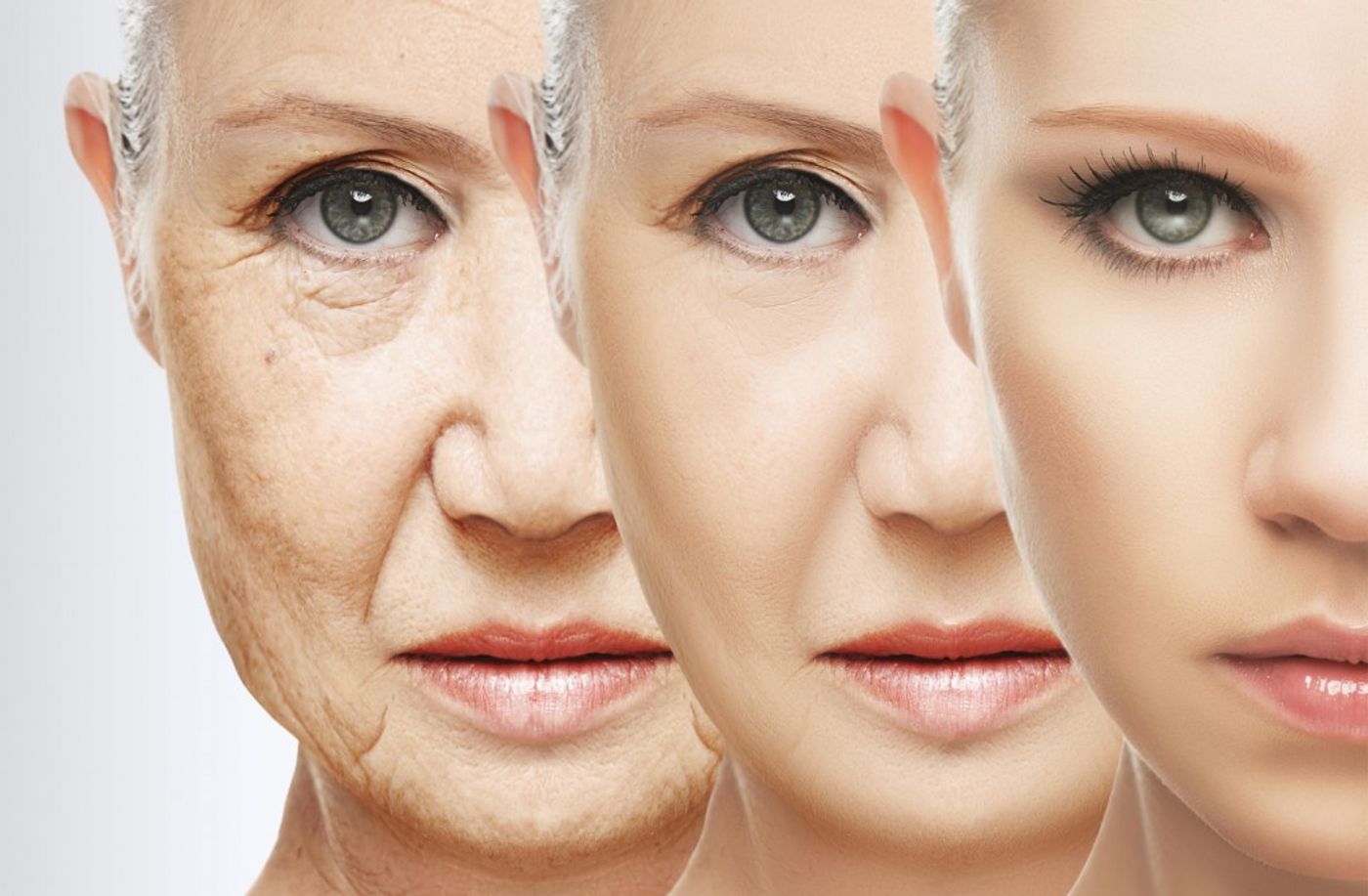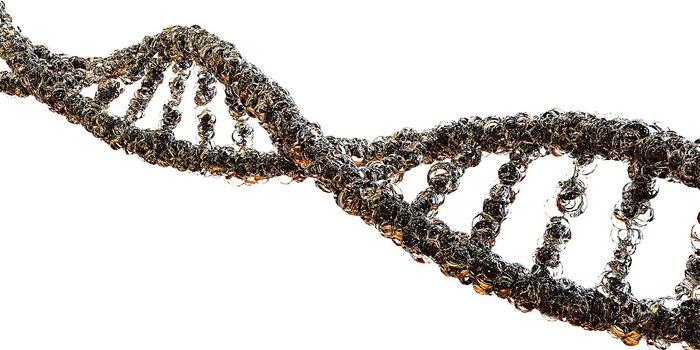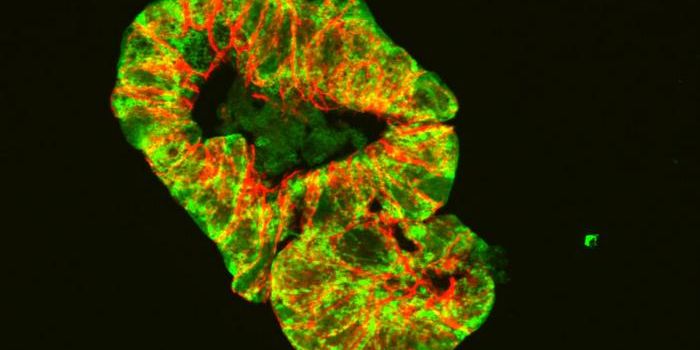What the pharmaceutical industry calls “the key to obesity” is the only hormone known to enhance appetite, and a new study shows that the hormone, aging, and obesity are all linked through low-grade adipose inflammation.
The hormone is called “ghrelin,” and it binds to its receptor - GHS-R - like any other compound/ligand pair. “Ghrelin and GHS-R work like a key and lock,” said Texas A&M researcher Dr. Yuxiang Sun. However, the binding of ghrelin to its receptor have the completely unique ability to trigger “hunger.” And what do you do when you feel hungry? You eat.
Like anything else in the body, a certain amount of ghrelin-induced hunger sensation is healthy, but when ghrelin causes a pattern of overconsumption of food, over time an individual can develop obesity, type 2 diabetes, and other dangerous conditions that are connected to weight gain. In this study, Sun and the rest of the research team sought to understand completely ghrelin signaling in the realm of obesity causation, and to see if ghrelin inhibition could be a potential intervention.
In addition to ghrelin hormone, both the natural aging process as well as inflammation contribute to obesity. The close connection between aging and low-grade adipose inflammation is what led scientists to start calling the association “inflamm-aging,” which has been shown in the past to coincide with insulin resistance and type 2 diabetes.
"Epidemiological studies show that the prevalence of insulin resistance and type 2 diabetes is clearly higher in the elderly," said Sun.
Sun’s study combined all three elements: the role of GHS-R in age-associated adipose tissue inflammation. They used GHS-R “global null” mice, meaning the mice had all of their cells’ ghrelin receptors removed.
As expected, they saw that without GHS-R, adipose tissue inflammation decreased in both types of tissue: white and brown. The difference between the two adipose tissue types is key. Brown adipose tissue breaks down lipids and generates heat, burning fat. White adipose tissue stores excess lipids as if it’s “saving them for later.”
Another aspect of their findings was the shift in macrophage type. Macrophages are immune cells that exist practically everywhere in the body, engulfing dead and dying cells to be recycled as well as tackling invading pathogens, like virally-infected cells. Macrophages can either be inflammatory (M1) or anti-inflammatory (M2), and in GHS-R global null mice, the ratio of M2 macrophages to M1 macrophages skyrocketed, a result which correlates with the decrease in inflammation found in both white and brown adipose tissue.
Additionally, the higher levels of M2 macrophages led to a higher production of norepinephrine, the infamous fight-or-flight hormone that, when produced by M2 macrophages, simultaneously stimulates lipid mobilization in white adipose tissue and heat production in brown adipose tissue. Thus, norepinephrine leads to an overall increase in fat burning.
Given the multi-faceted effect that lacking ghrelin receptors had on the mice in the study, suppressing the ghrelin receptor is very much a therapeutic strategy scientists are considered to combat inflammation and aging at the same time to prevent obesity.
Sun’s team will continue to study ghrelin receptor suppression, looking for system-wide side effects from globally suppressing the hormone. Her study was recently published in the journal
Aging.
Sources:
Texas A&M AgriLife Communications,
F100 Prime Reports









